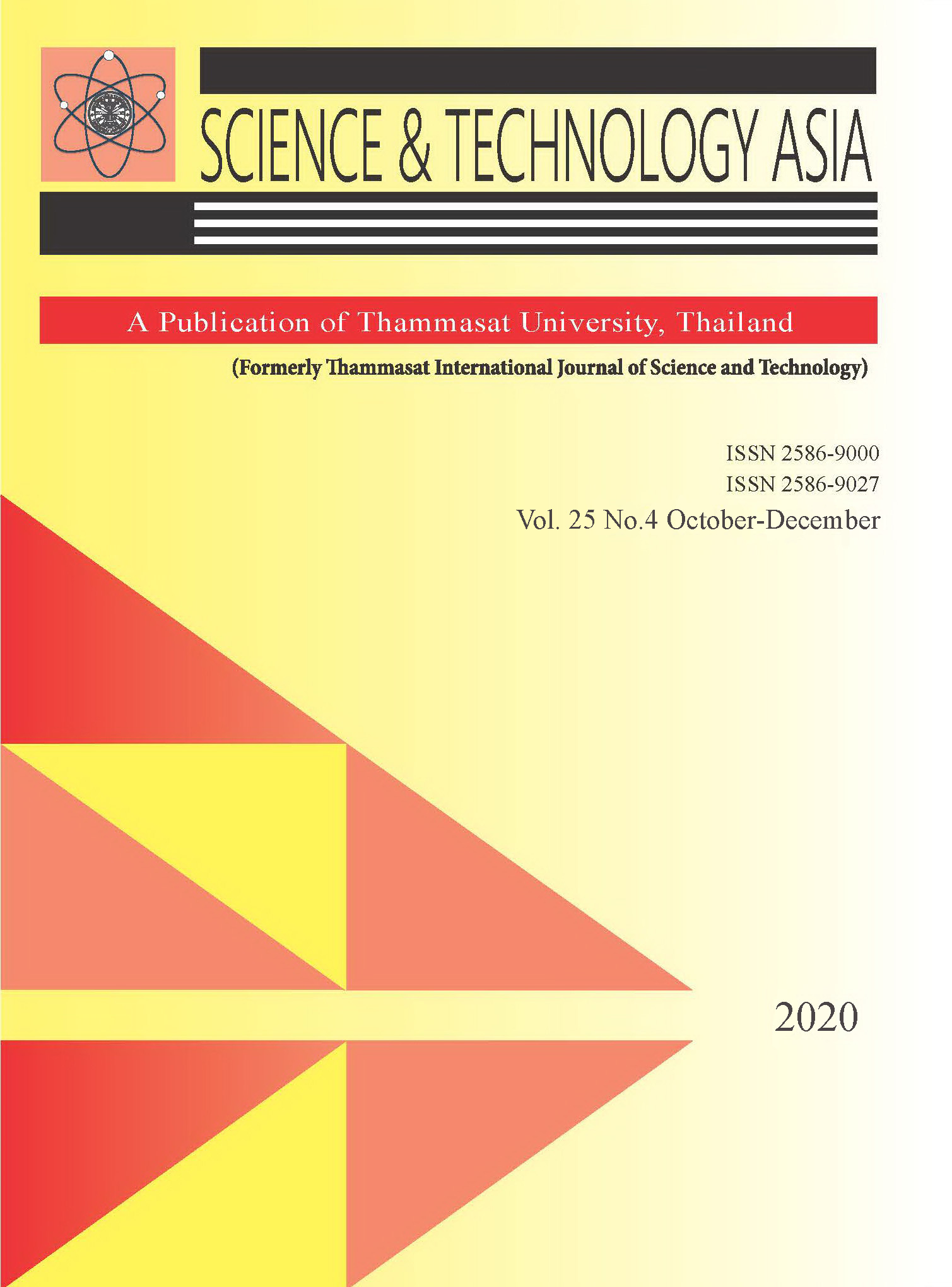Water Balance Analysis of Tonle Sap Lake using WEAP Model and Satellite-Derived Data from Google Earth Engine
Main Article Content
Abstract
Water balance analysis in Tonle Sap (TLS) Lake was analyzed using Earth observation data from the Google Earth Engine (GEE) platform and the Water Evaluation and Planning System (WEAP) model. The WEAP model was used to estimate the interconnected water-balance components in the TLS system during 2000-2014. Two key inputs-TRMM satellite precipitation and MODIS evapotranspiration—covering the drainage basin were retrieved using the GEE. The simulation estimated the mean annual volume (69 km3) of total inflow to the lake. The highest inflow (89.6 km3) occurred in 2011 when one of the worst floods in the Mekong river basin was recorded. The Mekong River had a great impact on the availability of the lake’s water resource, as it supplied 62% of total inflow to the lake. The inflow from the Mekong River occurred from June to September when water level in the river was higher than that in the lake. This research demonstrated an option to conduct a comprehensive water balance analysis in a large region using limited local measured data. Satellite-derived data adequately provided the required inputs for the simulation model.


